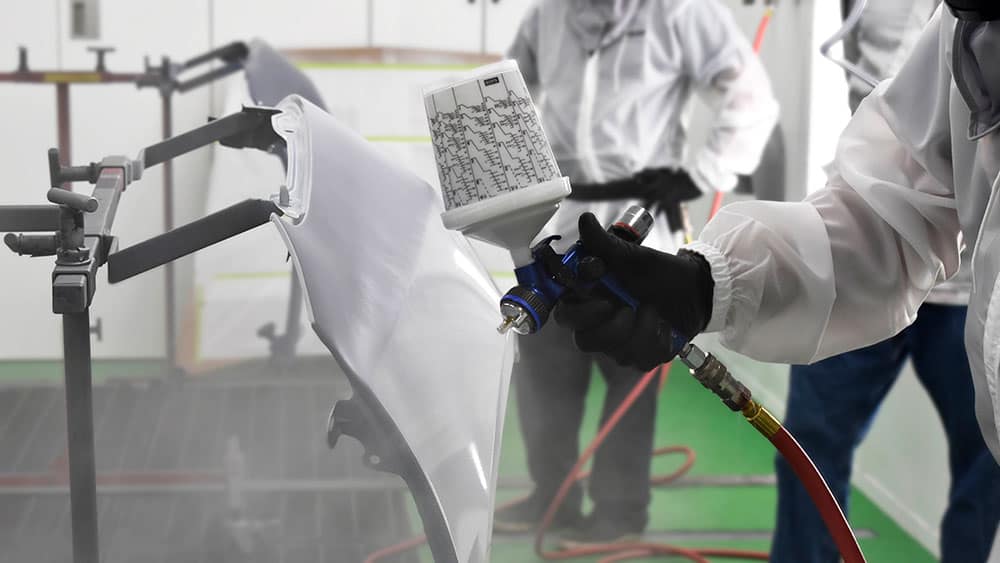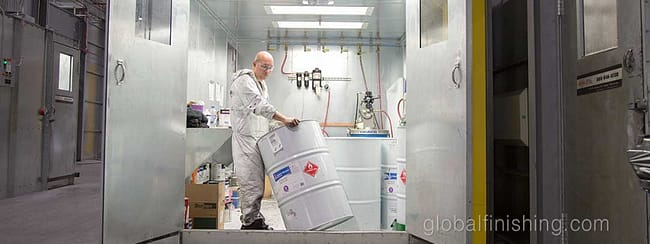
As we look forward to what 2021 has in store, we pause to look back on 2020. While this year was marked by uncertainty and change, we enjoyed sharing customer stories, assisting you in keeping your shop and employees safe, and highlighting the process of achieving high-quality paint finishes.
In case you missed them, here are our top five blog posts of 2020:

When investing in a paint booth, choosing the ideal airflow style for your business’ needs is perhaps the most important decision. The right paint booth can set your business up for success, but the wrong one could hamper your production. The airflow style you pick for your paint booth plays a big part when it comes to finish quality and contamination control, as well as capital costs and operational expenses.

Proper cleaning and routine maintenance in your paint booth contributes to higher quality paint jobs, less rework, longer-lasting parts and components, and the protection of your employees and facility. A small investment in time now can result in long-term savings of costly repairs or even booth replacement.

For collision repair centers and industrial manufacturers who own a paint booth, one of the easiest ways to protect the environment is to properly dispose of paint booth exhaust filters. Since you cannot recycle paint booth filters, coordinating with a hazardous waste disposal company to dispose of them properly is the safest thing for the environment.

In order to achieve high-quality paint finishes, you must first understand contamination and how dirt and dust can enter your paint environment. Contamination can come from many different places — from the clothes you wear to the products you use to the processes you follow. Implementing small changes to prevent contamination can make a significant difference in the quality of your paint finish and your business’ bottom line.

Most paints used in finishing operations are classified as either a flammable or combustible liquid. Under certain conditions, these liquids can produce vapors that may ignite, causing a fire or deflagration. That is why codes and standards outlining proper storage guidelines have been developed to minimize risks and protect your workers, equipment and facility. Understanding these codes and standards is key when storing, dispensing or mixing paint and selecting the right type of enclosure for your needs.
One of the best ways to highlight your business is through a story that you can share across your online platforms. It humanizes your business and shows that your business can make a meaningful impact. Your testimonial would be used as a project profile on the GFS Booth Blog and can be shared on your website and/or social media channels.
Complete this form and we’ll be in touch to showcase your company.

Shop a variety of GFS aftermarket products, including booth protection products and mobile accelerated curing units. And enjoy the convenience of fast and free ground shipping throughout the contiguous United States.

Located at GFS’ headquarters in Osseo, Wisconsin, the Center for Excellence is an innovative facility featuring an automotive refinish training center, as well as a separate space dedicated to technical product training.

GFS is continuously searching for talented, ambitious individuals to join our team. We aim to provide our employees with every opportunity to make an impact on the company and find their niche along the way — weather in a production, field services or an office position.